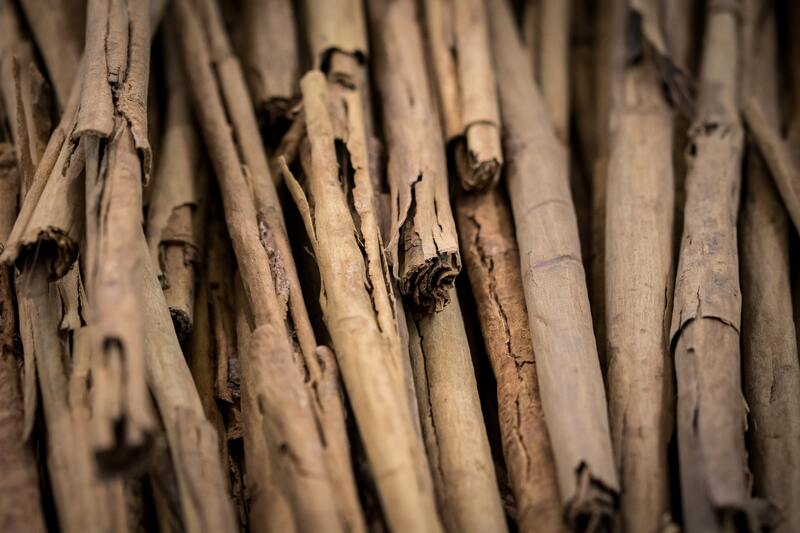


Client: Serendib Agri
Category: Brochure content, Product Description
Our story begins and ends with the Cinnamon farmers of Sri Lanka; it is as sweet as Cinnamon itself, and yet has layers to it like the quills of this precious spice.
Ceylon Cinnamon, also known as ‘True Cinnamon’ is delicate to the touch, and comes bearing a subtle sweetness, combined with hints of citrus and cloves. Its flavour is a taste of sophistication, and there is nothing quite like it.
Not to be confused with Cassia which could cause damage to the liver in the long run, Cinnamon has ultra-low Coumarin levels. The spice has played a pivotal role in traditional Ayurvedic medicine for centuries in Sri Lanka. Besides this, Cinnamon is used as a condiment to season food; it effuses its aromatic essence when brewed, boiled, or simply chewed raw.
Cinnamon is widely celebrated as the spice of life; records about it are found in ancient writs, and myths surrounding it are awe inspiring. The first record of sweet Cinnamon in History appears in the Hebrew Bible as an essential ingredient in consecrated anointing oil. Even Egyptian texts document that Cinnamon was used as a perfuming agent in the process of embalming, as early as 2000 B.C. Arab traders kept its whereabouts secret, and managed to position the spice as a luxury item for centuries. This resulted in its exorbitant price throughout history. It is even said that due to its preciousness, the Roman emperor Nero burned Cinnamon spice on the funeral pyre of his second wife Poppaea Sabina in A.D. 65, as means to atone for his role in her death.
Legends surrounding the spice abound too; Arab traders spread tales about how Cinnamon sticks were hidden by enormous birds in their nests, on high mountains elusive to mankind. It was also rumoured that the spice was concealed in deep canyons guarded by terrifying snakes.
The history of Ceylon Cinnamon too is one wrought with much struggle. Our history has it that during the time of Sinhala Kings the bulk of state revenue depended on taxes on land, produce taxes, and taxes implemented on Cinnamon grown in the hill region of the country. The Arab traders held the monopoly of the Ceylon Cinnamon trade before the arrival of the Portuguese, the Dutch and the British. This situation changed when in the year 1518 the Portuguese discovered Ceylon and took over the spice monopoly for the next century. The Dutch eventually evacuated the Portuguese and seized the Cinnamon trade in 1658. It was the Dutch Governor, Falck, who was responsible for initiating the first systematic cultivation of Cinnamon in Sri Lanka in 1767. However, the British took control of the island from the Dutch in 1796 and held the monopoly until the year 1833.
Today, Cinnamon plantations flourish on local soil long after the British left the Sri Lankan shores.
It is interesting that at one point in history, Cinnamon was considered more precious than gold itself. It was regarded as a gift fit for monarchs. If history is our best teacher, there is indeed truth is this nugget of information.